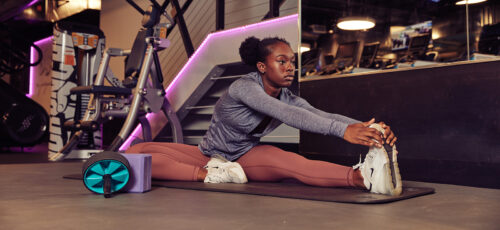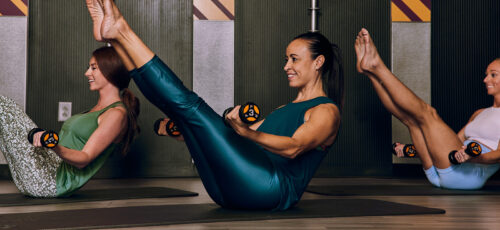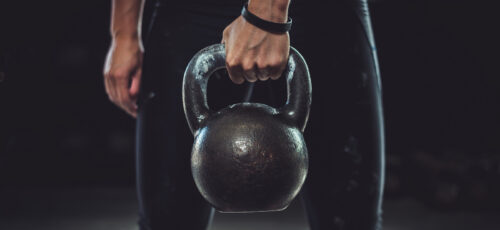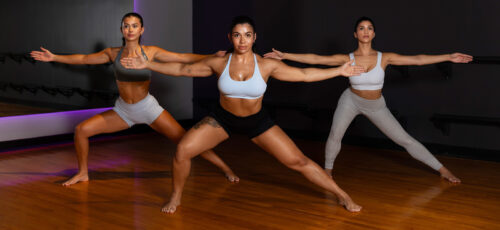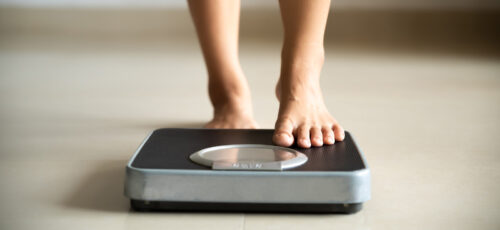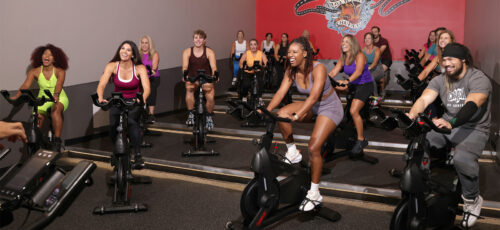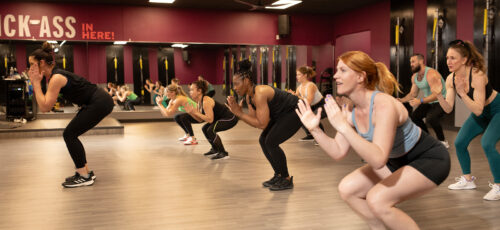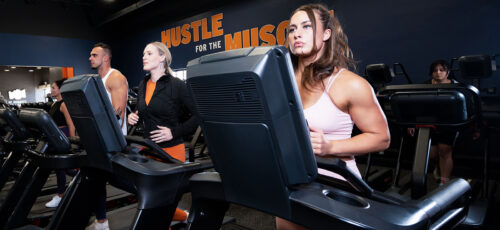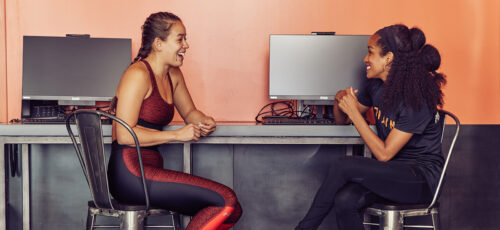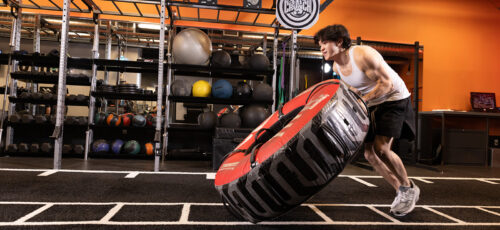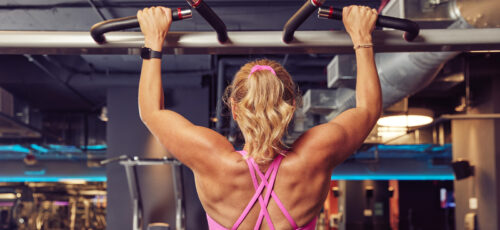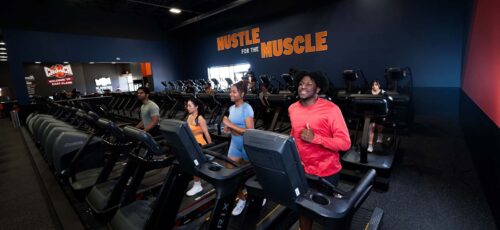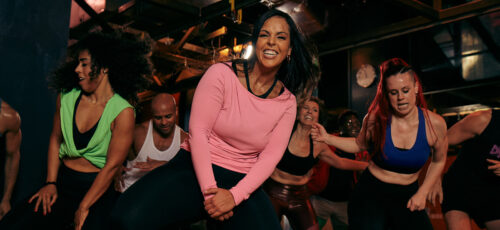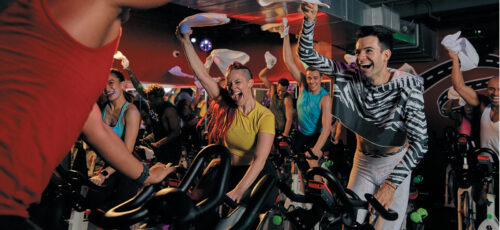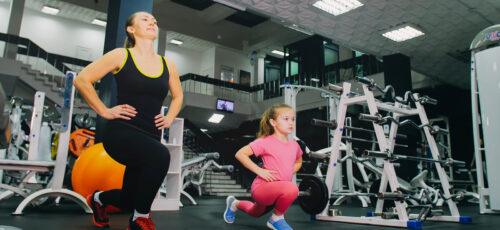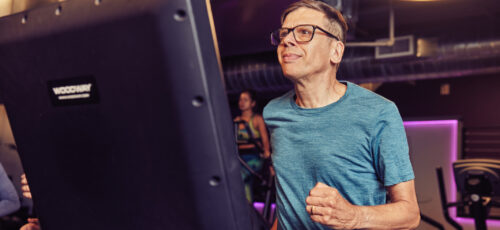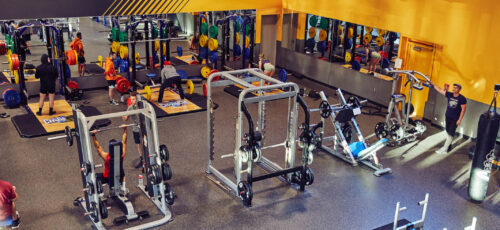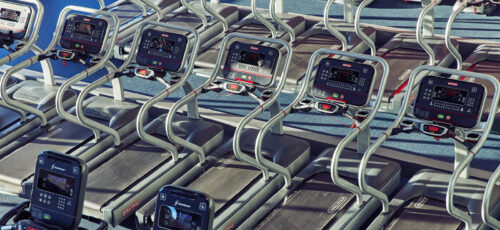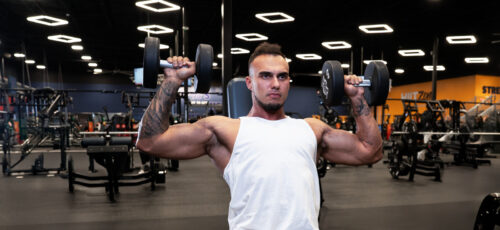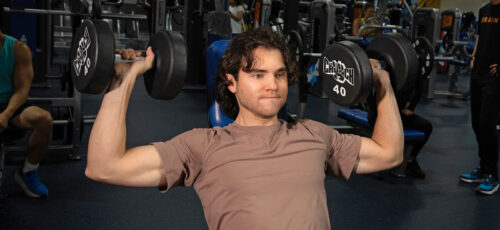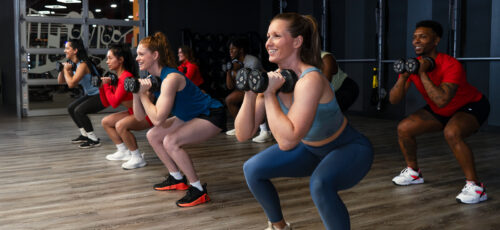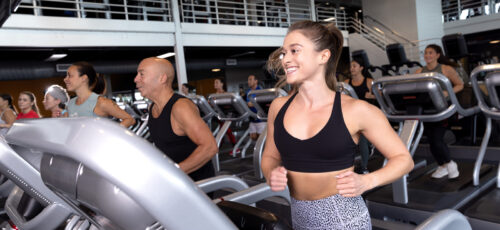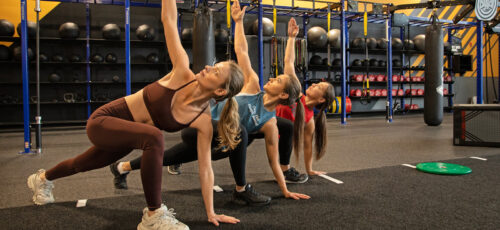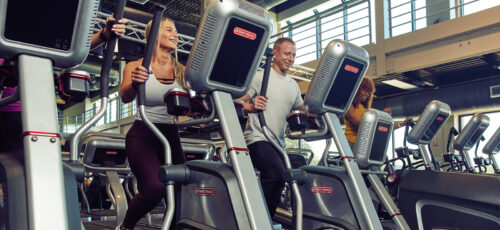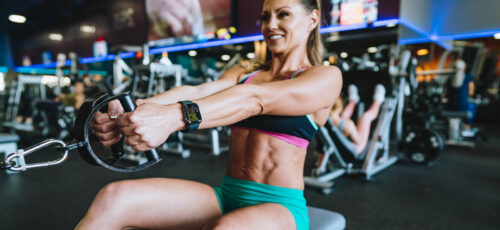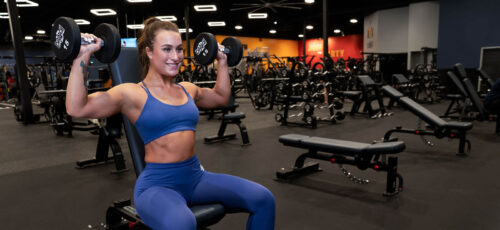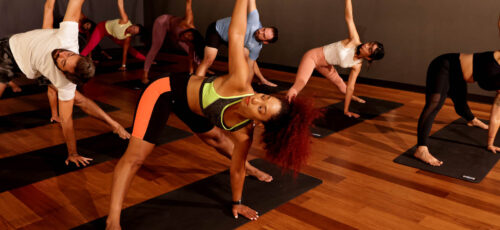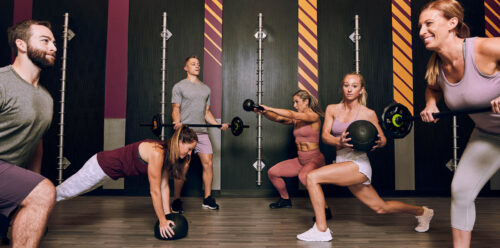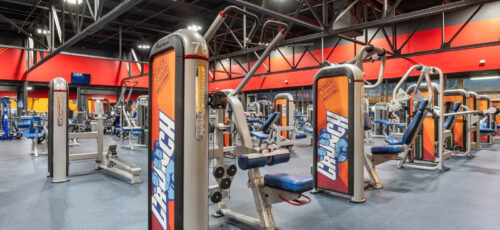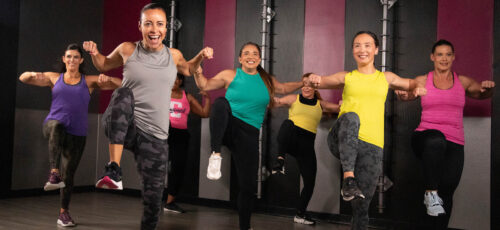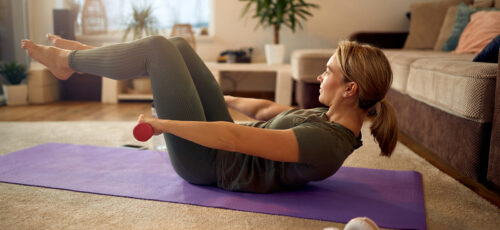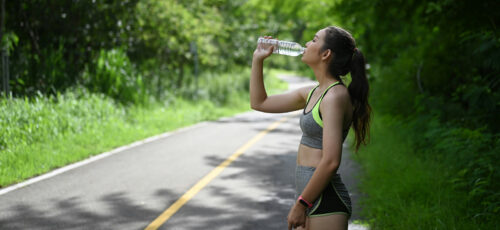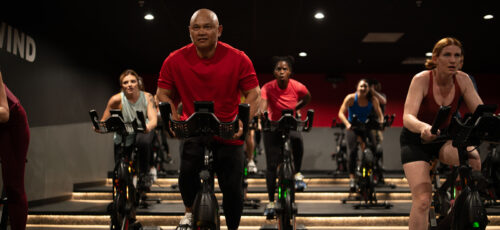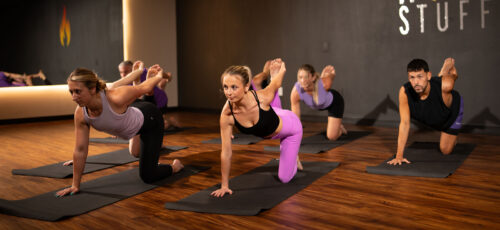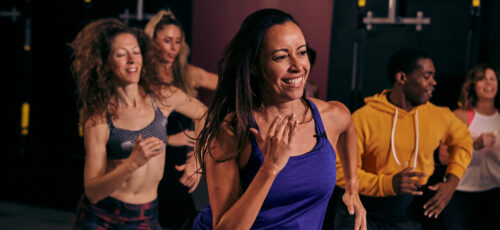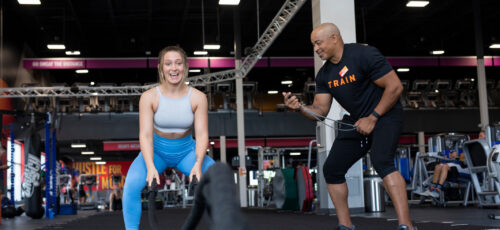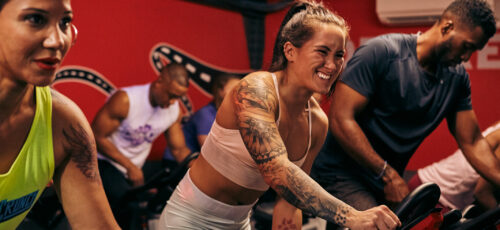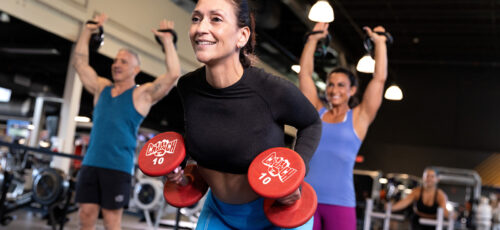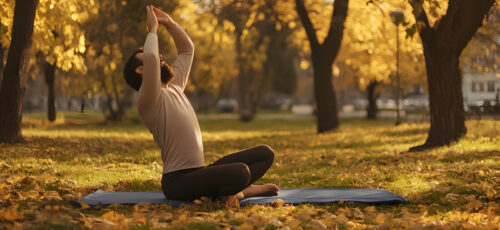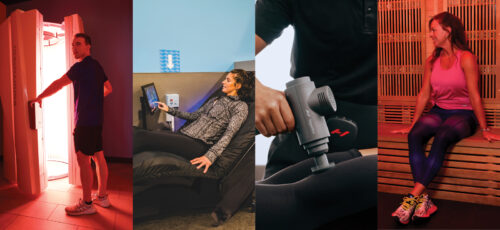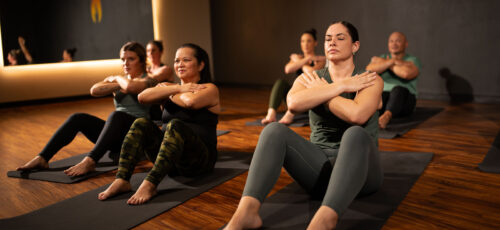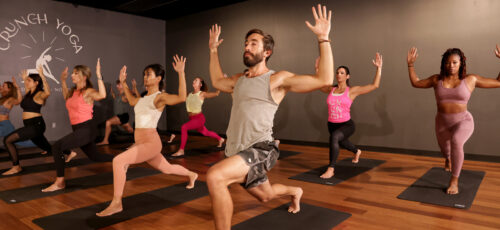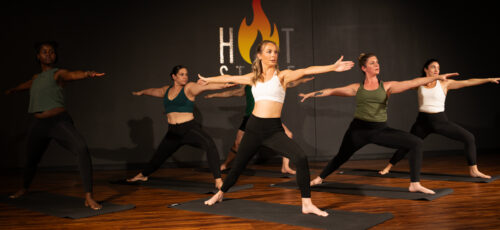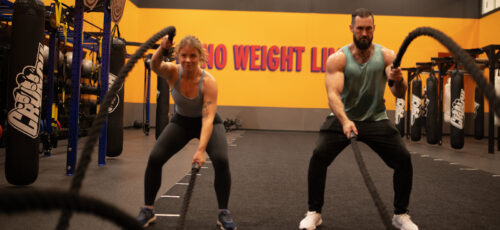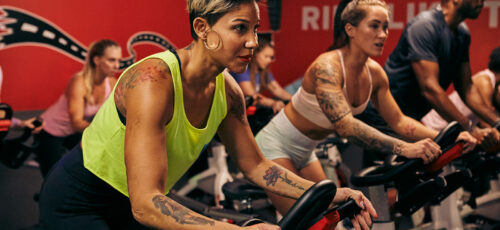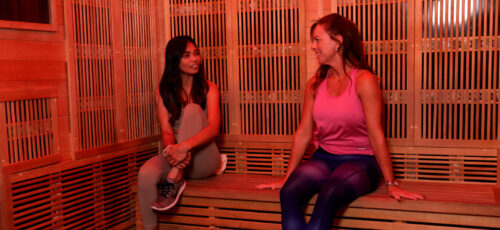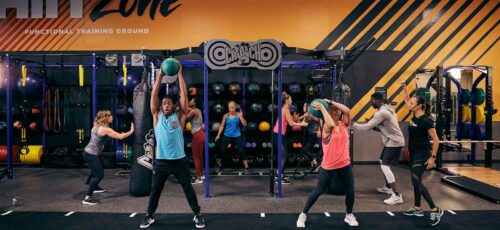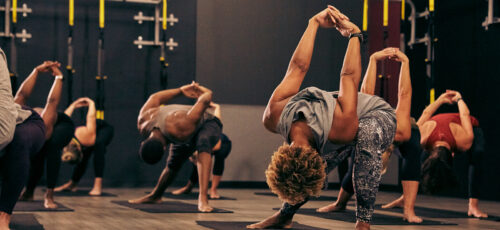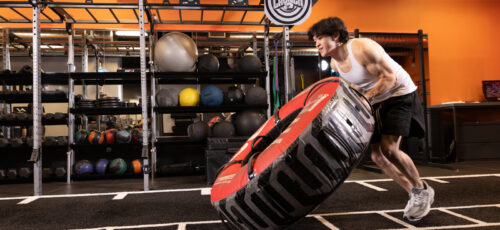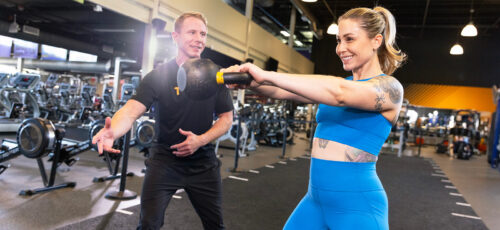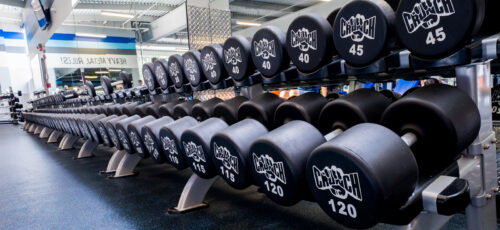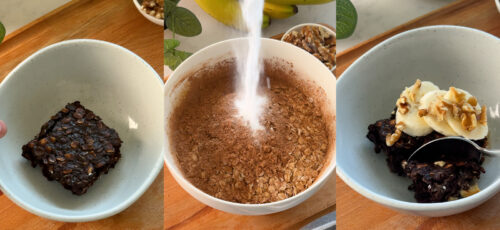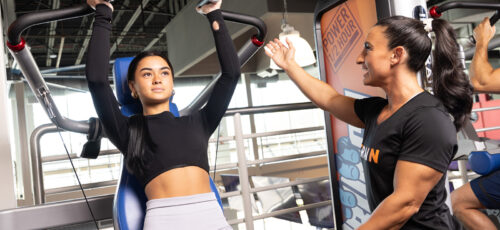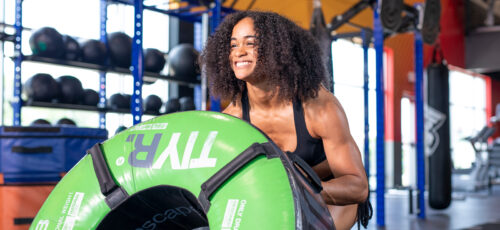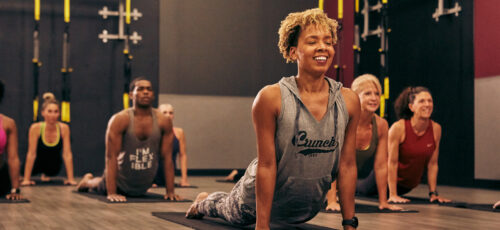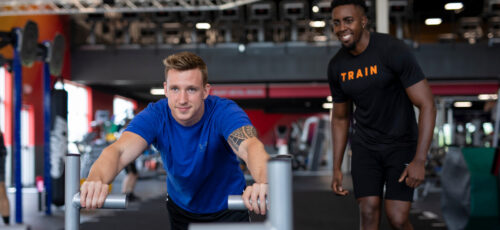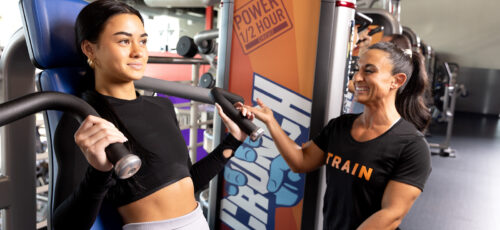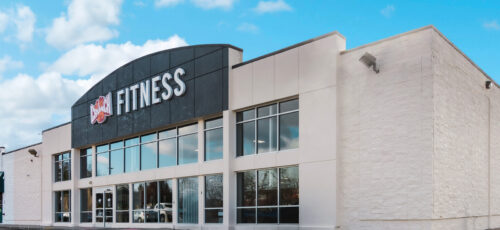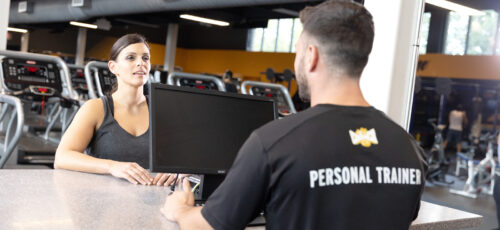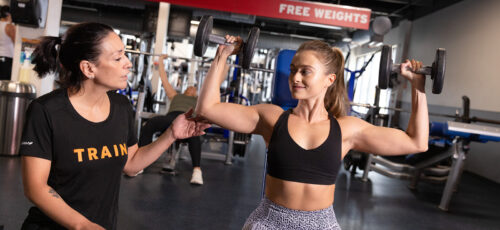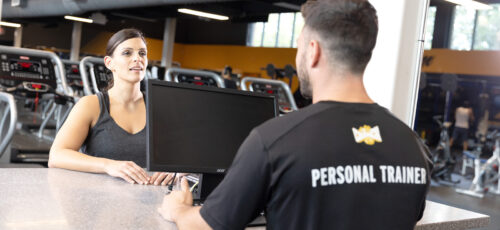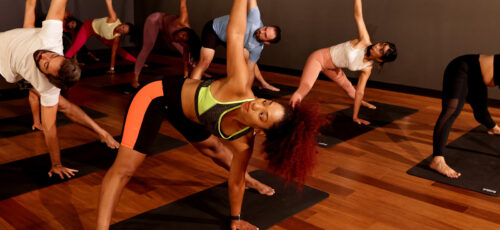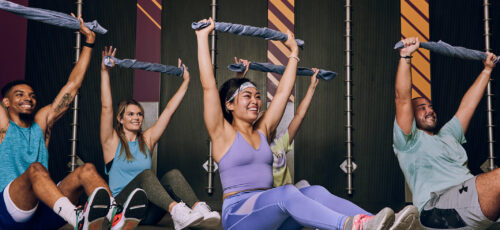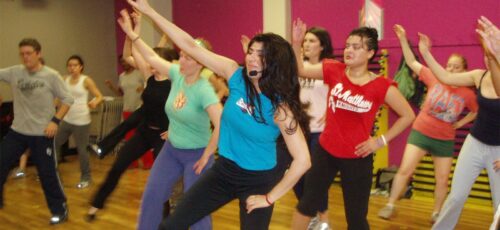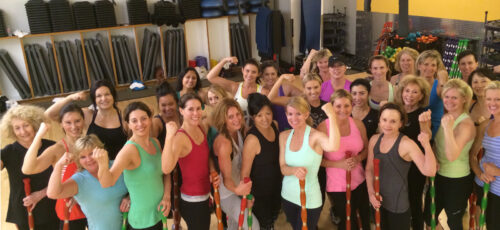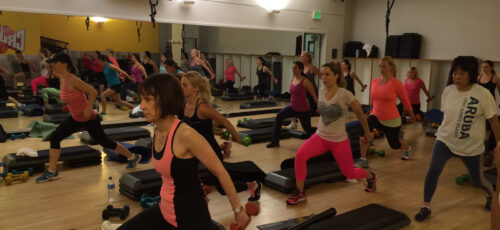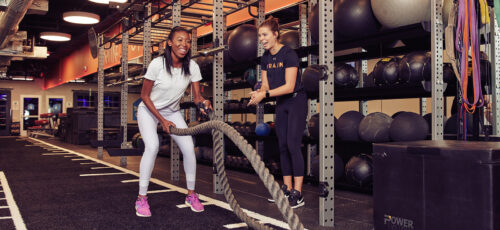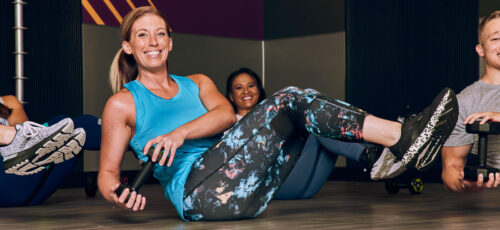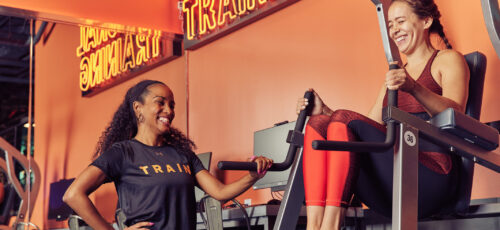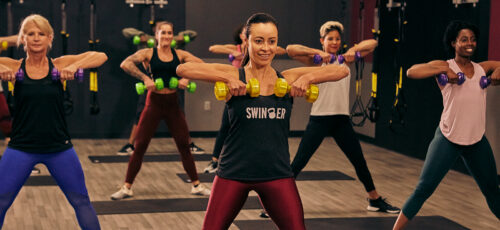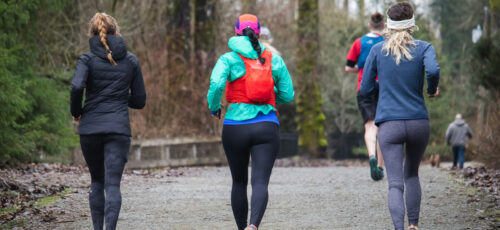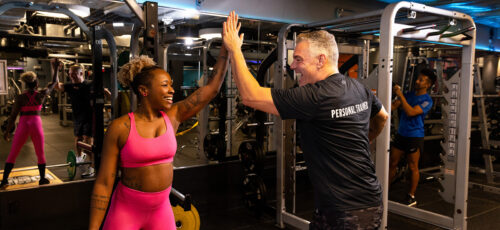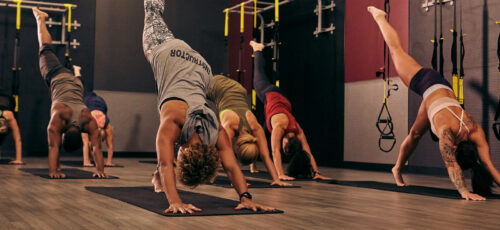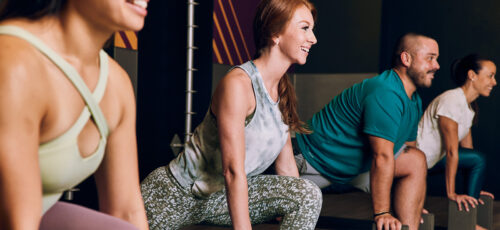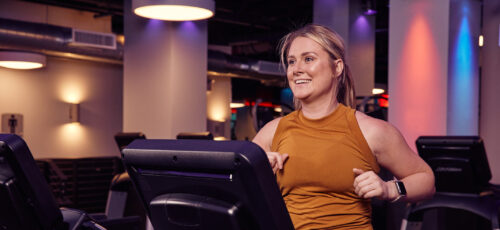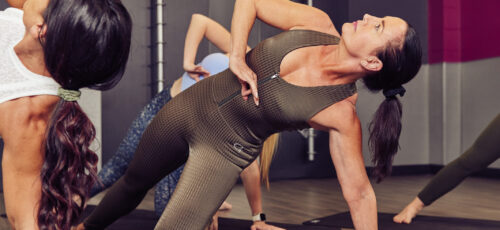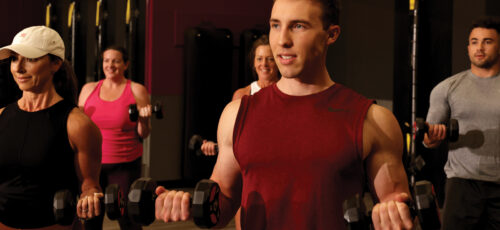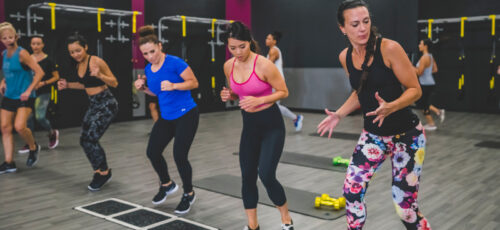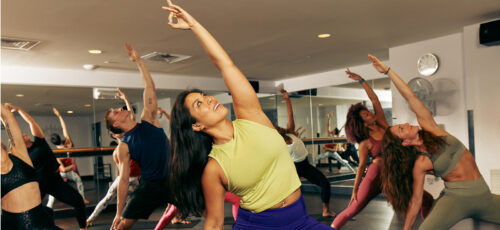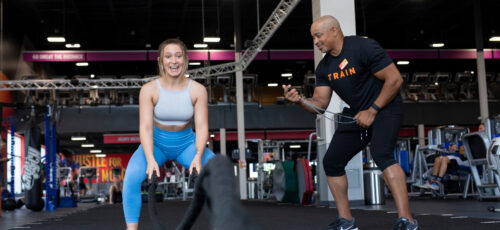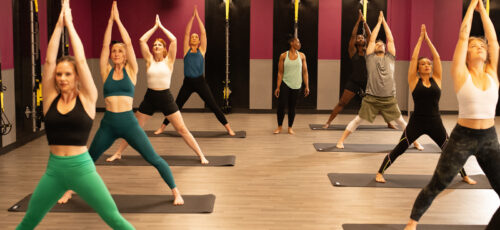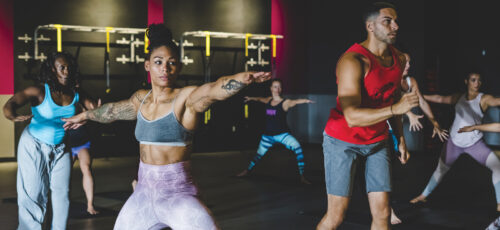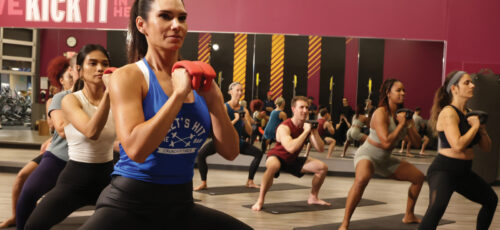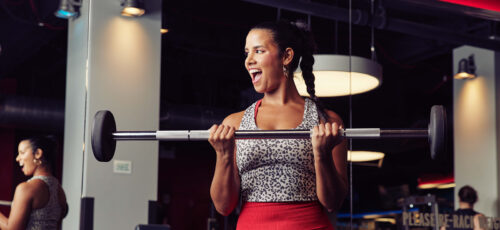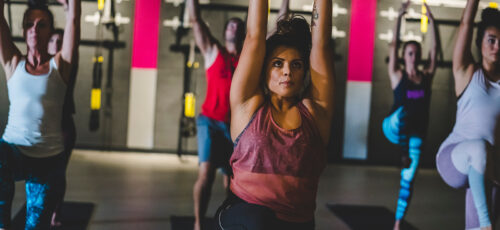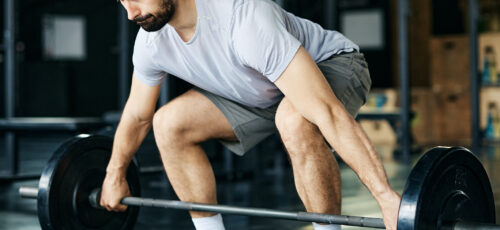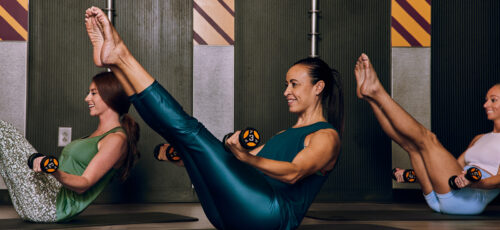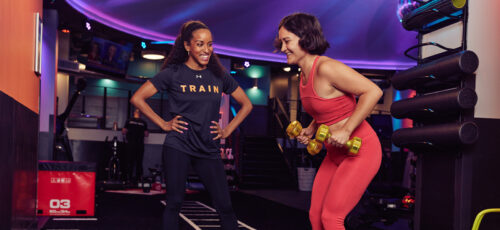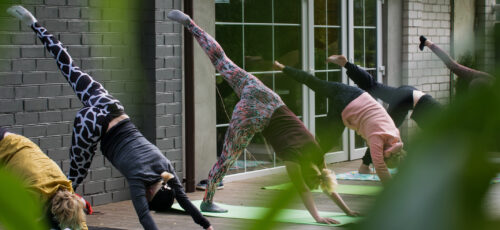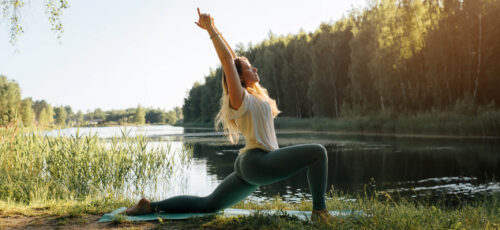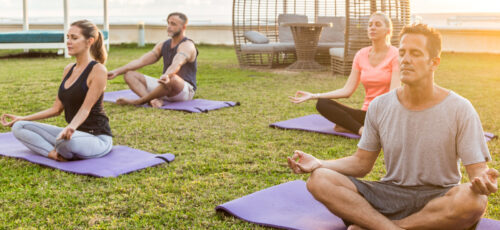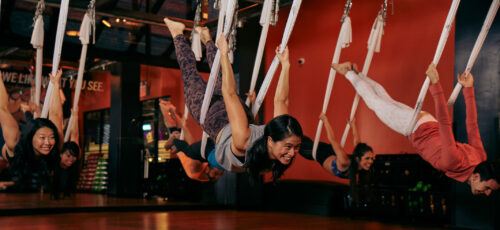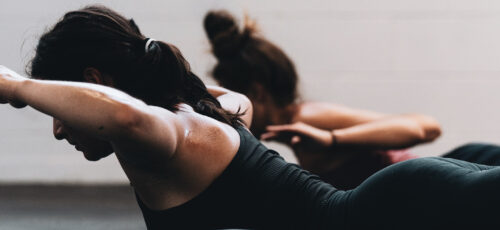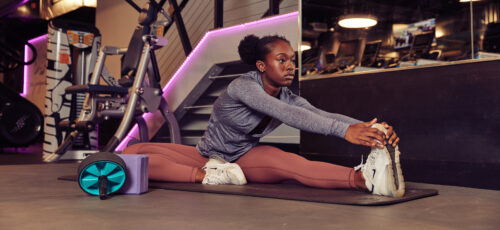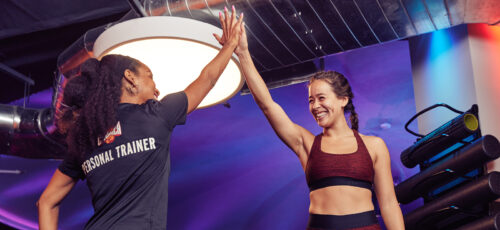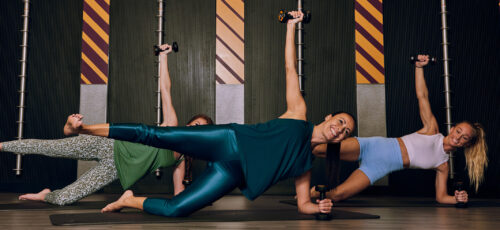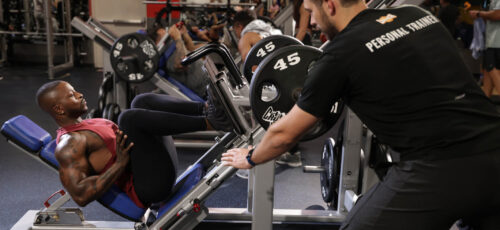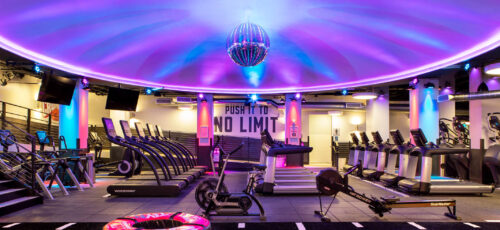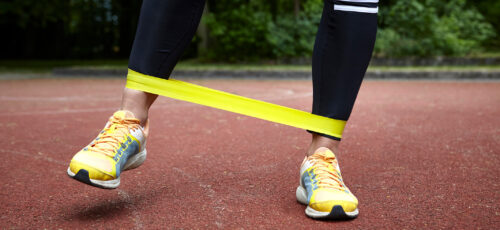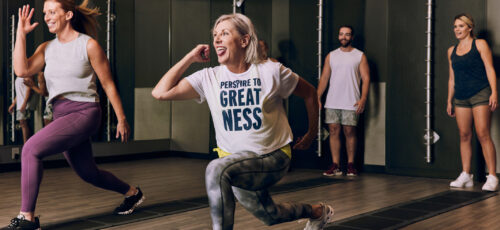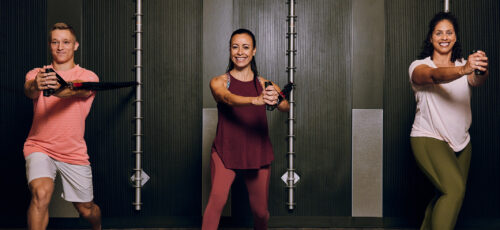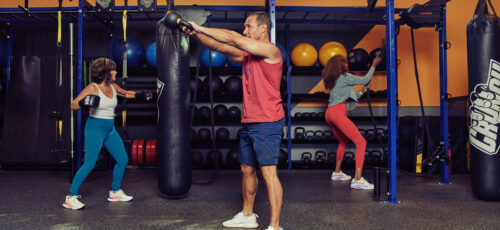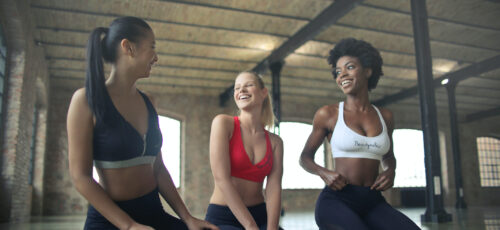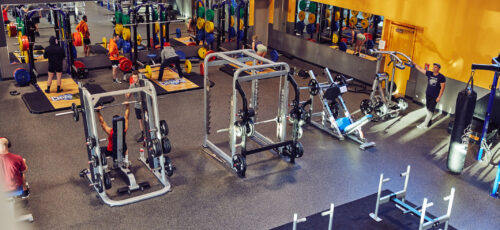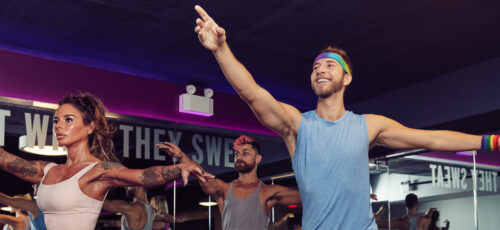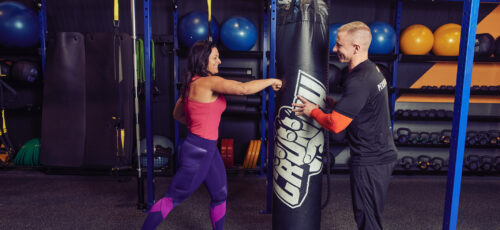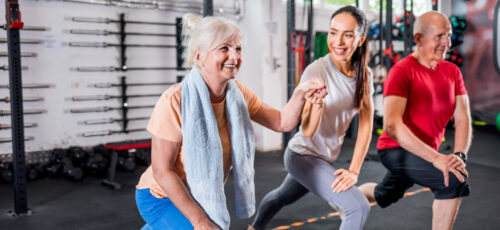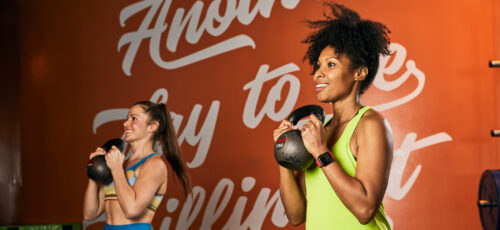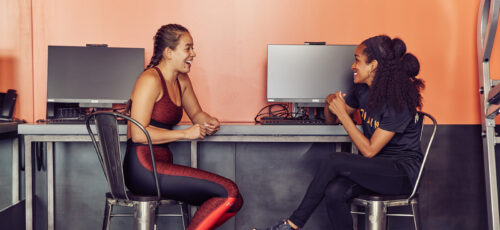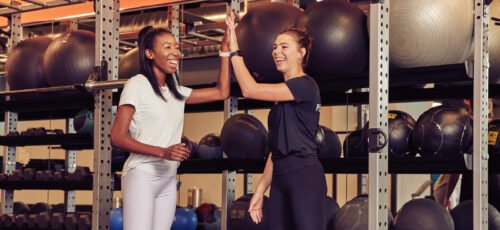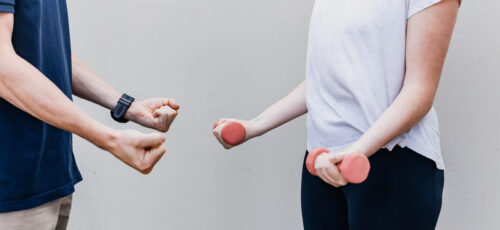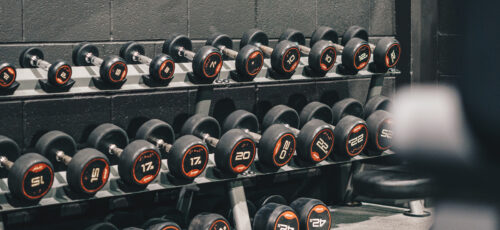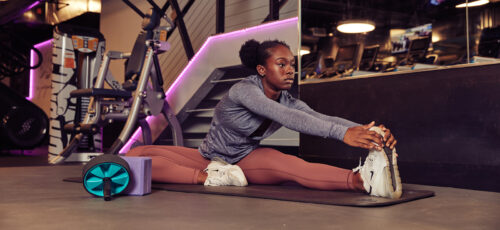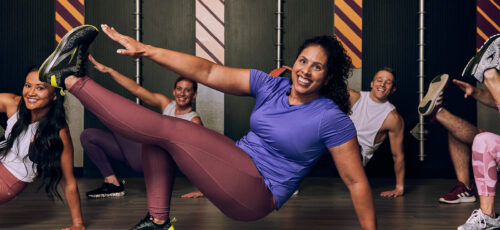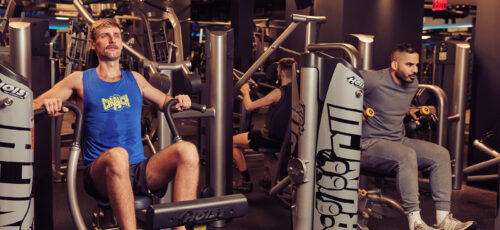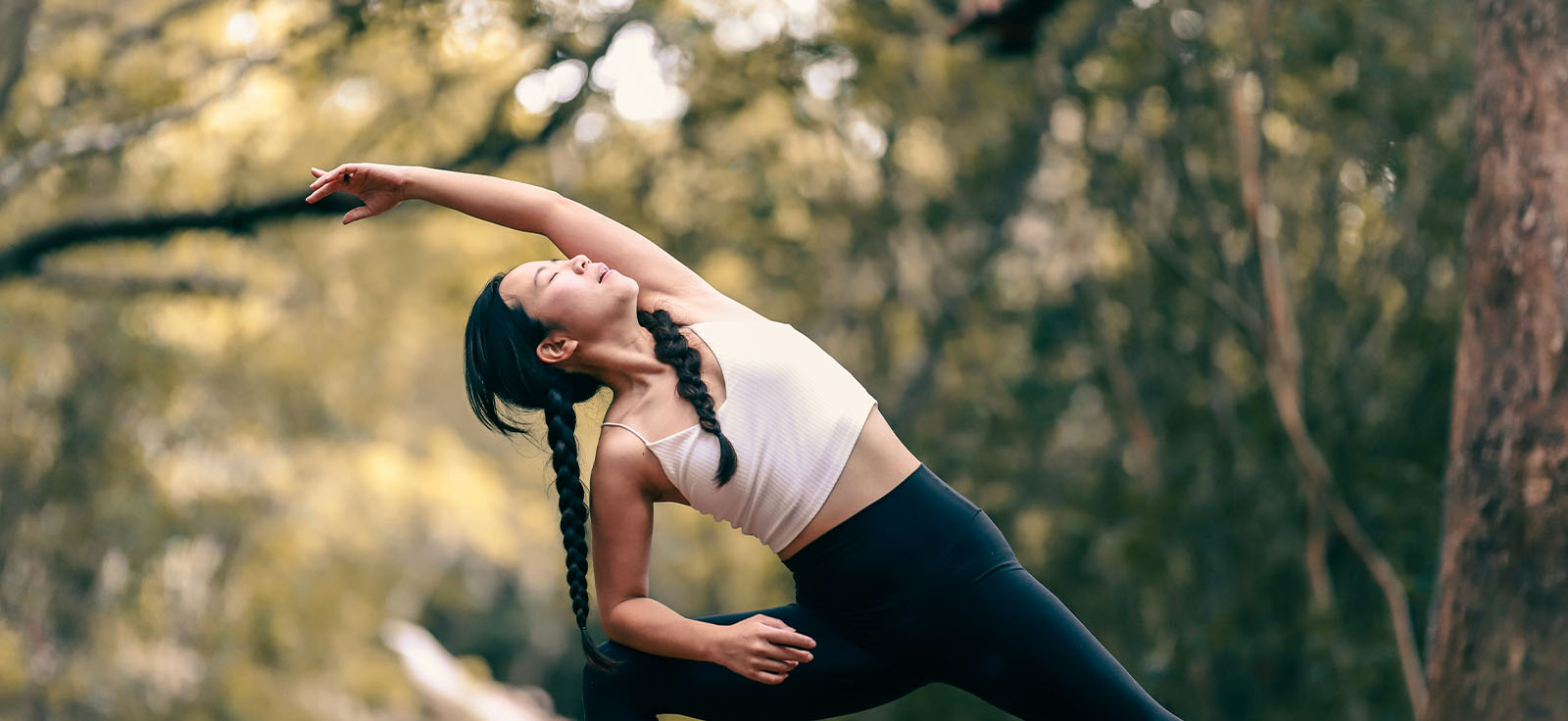
Have you ever experienced how your body tightened right after exercise when you didn’t stretch afterward? Perhaps your calves ache, your lower back creaks or your shoulders feel tighter than normal.
That’s your body telling you that flexibility exercises and stretching are not optional but necessary.
Stretching helps ease joint pain, boosts blood flow, and keeps tight muscles from leading to long-term problems. It’s not just for yoga classes or lazy Sundays—it’s essential for anyone who walks, lifts, runs, or spends hours glued to a chair. The best part? Even a small effort can create a big difference.
This blog will guide you through:
- Benefits of Stretching
- Full Body Daily Stretching Routine
- How Often Should You Stretch?
Whether you need a neck stretch following hours at your computer or a hamstring stretch lying down with your left leg extended and right foot in front, we’ll demonstrate how to lean forward, gently tug, and enjoy the sweet release.
We’ll address the big muscle groups, from shoulder blades to hip flexors, so your body can heal faster and move more easily.
Do not skip stretching if you aspire to feel good, move well, and remain free of injuries. Your body—particularly your left knee—will appreciate it.
Everyday Flexibility Exercises That Matter
Full Body Daily Stretching Routine (No Yoga Mat Required)
If you’re wondering, “Where do I even start with daily stretching?”—don’t stress. We’ve got a super simple full-body routine that’ll have you loose, limber, and ready to dominate your workouts (or just survive Monday).
It only takes 10–15 minutes, and you can knock it out first thing in the morning or right before bed. No excuses—even your foam roller is cheering you on.
Tip: Start at the top and work your way down. That way, you don’t miss any major muscle groups—and your left shoulder doesn’t get jealous of your right one.
Here’s your go-to flow:
- Neck Rolls: Feet shoulder-width, chin slightly down, and roll your head slowly in a circle (7 seconds in each direction). Feel that tension melt.
- Shoulder Rolls: Arms loose, roll your shoulders backward 5 times, then forward. Repeat. It’s like your upper body’s version of a deep breath.
- Behind-the-Head Tricep Stretch: Hold your left arm up, bend at the elbow, and gently pull your right hand down on the left elbow. Hold for 10 seconds, then switch sides. Your arms will thank you post-push day.
- Standing Hip Rotations: Hands on hips, rotate clockwise 3 times, then reverse. Feel those hip flexors open up and say, “Ahhh.”
- Hamstring Stretch: Left leg extended, foot flexed, right knee slightly bent. Lean forward and raise the toes. Hello, left heel. Are you still there?
Repeat 2–3 rounds, and boom—you’ve covered your bases. Now go stretch it out like a champ.
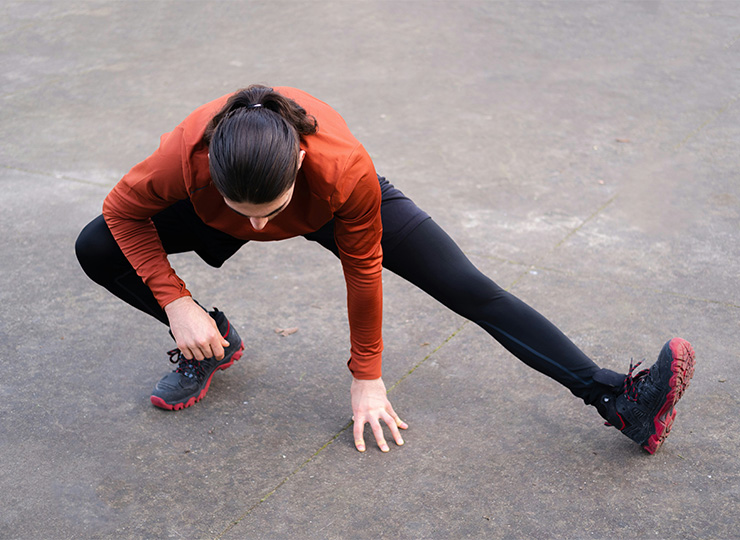
Stretching Exercises for Hip Flexibility
Tight hips can interfere with more than mobility—they can throw off squats, shorten strides, and even contribute to lower back pain.
But with a few simple stretching exercises for hip flexibility, you’ll be moving smoother than ever (and possibly dodging future aches like a champ).
Here’s a hip-focused flow that’s great post-leg day or anytime you’ve been sitting too long:
- Knee-to-Chest Stretch: Lie flat, legs extended. Using both hands, gently pull your left knee toward your chest. Keep your right leg straight and flat on the floor. Hold for 10 seconds. Switch legs. Repeat five times per side.
- Side-Lying Hip Abduction: Keep your right leg straight on your left side and lift it to about a 45° angle. Pause for 5 seconds, lower, and repeat five reps. Flip to your right side and repeat.
- Standing IT Band Stretch: Stand tall. Cross your left leg behind your right and reach your left arm overhead—lean right (no twisting!). Hold for 30 seconds. Switch sides and repeat 4 times. Need help balancing? Use a wall.
These moves might look chill, but your left hip will feel the love.
Stretching Routines for Athletes
Athletes put serious demands on their bodies; those tight muscles need as much attention as your training plan. No matter your sport or workout style, adding these flexibility and stretching exercises into your routine can make a huge difference in how you move, lift, sprint, and recover.
Here’s a go-to routine that hits major muscle groups and keeps your mobility on point:
- Forward Lunge Stretch: Take a big step forward with your left leg and lower into a lunge (both knees bent about 90°). Keep your body tall—no collapsing! Hold for 30 seconds, rest for 10, and switch legs. Do three rounds. This exercise is great for your hip flexors, quads, and balance.
- Side Seat Straddle: Sit tall, legs extended wide, toes up. Reach toward your left shin with both hands, keeping your spine straight. Chin toward your knee (or as close as you can get—no judgment!). Hold 10 seconds, rest 5, then switch sides. Repeat 3 times to hit those inner thighs and hamstrings.
- Triceps & Shoulder Stretch: Stand tall. Bring your left arm across your body, just above the elbow. Use your right hand to gently pull your arm toward your chest, being careful not to grab the elbow joint. Hold for 10 seconds, then switch arms. Do three rounds to loosen up the upper body, and give your shoulders and left arm some love.
No matter your sport—lifting, running, boxing, or burpees—this athlete-approved stretch series keeps your body moving as it should. Flexible muscles = fewer injuries = more wins.
Flexibility and Stretching Exercises: 7 Real Benefits
1. Increased Flexibility
Do you know that one person at the gym who casually touches their toes with their legs straight like it’s no big deal? Yeah—stretching is how they got there.
Regular flexibility exercises can boost your range, reduce stiffness, and help you do everyday things (like tying your shoes or reaching that top shelf) without making it a whole production.
Tip: Even just 10 minutes a day can improve your hamstring stretch, especially if you’re working with a left leg that feels tighter than your gym schedule.
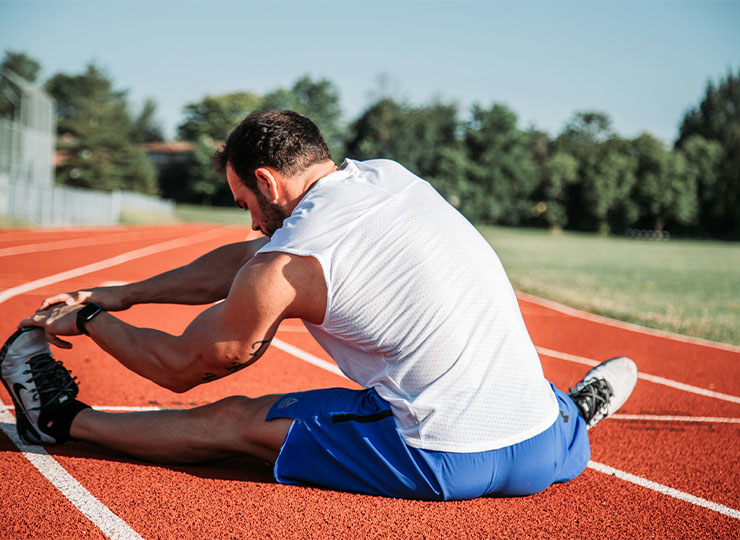
2. More Range, Less Restriction
Full range of motion = full workout potential. Whether you’re dropping into a squat, pushing that last rep in a shoulder press, or just lunging with proper form (knees bent, hips forward, feet shoulder width—you know the drill), stretching helps your joints move like they were designed to.
A study from the Journal of Strength and Conditioning Research showed that dynamic and static stretching can increase range of motion.
PNF stretching—where you stretch a muscle, contract it, and stretch it again—can give you instant gains. Hello, deep lunges and smoother movements.
3. Better Performance = Bigger Wins
Want to crush your personal records? Don’t sleep on dynamic stretching before your workout. We’re talking leg swings, walking lunges, and upper body openers to get your blood flow moving and your muscles primed.
According to research, warming up with dynamic movements (rather than jumping straight into heavy lifts) improves your muscle efficiency and power. It’s like turning on the engine before you hit the gas. It makes a difference, right?
Try this:
- Arm circles for the shoulders
- Knee to chest stretch to open up the hips
- High knees to activate your lower leg and core
4. Increased Blood Flow = Faster Recovery
Have you ever finished leg day and felt like a newborn deer? That’s delayed-onset muscle soreness (DOMS), and it’s brutal. Stretching post-workout—especially static stretching—can boost circulation and reduce that “I can’t sit down” pain the next day.
A quick post-sesh cooldown might include:
- Calf stretch (heel flat on the floor, back leg straight)
- Hip flexor stretch (one knee on the ground, opposite leg forward, lean forward slowly)
- Shoulder stretch (left arm across the body, gently pull with the right arm)
More blood flow = faster healing = back to beast mode.
5. Improved Posture
Muscle imbalances—like tight chest muscles and a weak upper back—can mess with your alignment. Your shoulders can creep toward your ears, and your head can tilt like you’re always listening to a podcast.
Stretching the right muscle groups (shoulder blades, upper body, hip flexors) alongside strength training can fix your posture and relieve that desk-job tension.
Try this daily:
- Chest opener: Clasp your hands behind your back, arms straight, and lift slightly
- Neck stretch: Tilt your head gently toward your left ear while pressing your right arm down
- Hip flexor stretch: Total game-changer if you sit most of the day

6. Helps to Heal and Prevent Pains
Tight hips, hamstrings, or glutes can sneak up on your spine and cause all sorts of drama. If you’ve ever felt that annoying lower back ache, especially after deadlifts or sitting too long, stretching is your go-to.
Here are a few key moves to add to your routine:
- Knee to chest stretch (keep the opposite leg flat on the floor)
- Seated hamstring stretch (left leg straight, right foot against inner thigh, lean forward)
- Cat-cow stretch to relieve spinal tension (describe how to do it like the two stretches above?)
Back pain prevention isn’t just for “older people.” If you’re lifting heavy or training hard, your spine also deserves some TLC (Tender Loving Care).
7. Stretch Your Muscles, Soothe Your Mind
Flexibility exercises aren’t just about the physical—they can literally chill you out. The rhythmic breathing, the gentle movement, the pause… it’s like sneaking meditation into your cooldown.
Mindful stretching can:
- Lower your stress levels
- Improve focus and body awareness
- Help you unwind after a long day (or a brutal HIIT class)
So next time you’re in your cooldown zone, close your eyes, focus on your breath, and enjoy that sweet shoulder stretch. Yes, even your left shoulder deserves some love.
How Often Should You Stretch?
There’s no one-size-fits-all answer to how often you should stretch—it really depends on your body and how you train. But here’s the good news: you don’t need to stretch for hours daily to see results.
A few short sessions a week can make a real difference in how you feel and move.
If you’re active—whether that means crushing strength training, clocking miles on the treadmill, or sweating through group fitness classes—aim to stretch at least three times a week.
That can mean warming up with dynamic stretches, cooling down with static ones, or throwing in a few mobility moves after a long day at your desk.

Are you training extra hard or recovering from an injury? Are you dealing with stubborn tight spots in your hips or shoulders? Then you’ll want to stretch more often—think daily maintenance to keep your body happy.
Conversely, stretching may not be your top priority if you’re naturally flexible. In that case, focus on building strength and stability around your joints to support all that extra mobility.
Join Us!
The best stretch routine is the one that works with your lifestyle and goals—and one that you’ll actually stick with. Keep it consistent, and your body will thank you.
Crunch promotes a culture of positivity, inclusivity, and fun with no judgments by providing an environment for all individuals regardless of their health and fitness goals. Find a Crunch gym near you to try our free trial membership, or join Crunch now. We’re here for you – at the gym or at home. Access the best live & on-demand workouts anytime, anywhere with Crunch+. Ready to get sweaty? Try hundreds of workouts for free! Start your free trial now!










